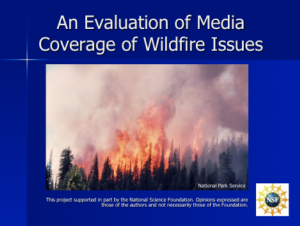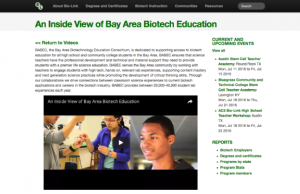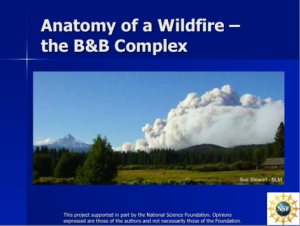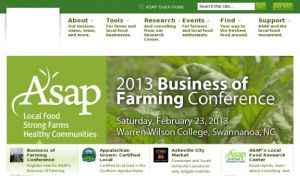Browse Resources
Resources | |
|---|---|
Module Description:
The production of genetically modified organisms as an environmental issue is examined in this module. "Potential environmental impacts of genetically modified crops are emphasized, although human health concerns are also addressed. Our current state of knowledge and the...
Module Description: The Fire Ecology and Management Series is provided by the Northwest Center for Sustainable Resources and includes six modules. This series “is designed to address both the general role of fire in ecosystems as well as specific wildfire management issues in forest ecosystems.” The...
This learning object, created by Terry Bartelt of the Wisconsin Online Resource Center, provides information about impedance matching applications. "learners consider why an impedance matching transformer is needed to connect an antenna to a television."
This video by Bio-Link provides information on the Bay Area Biotechnology Education Consortium (BABEC). Teachers, students, and industry professionals discuss the opportunities BABEC provides for Bay Area schools, educators, and students. BABEC "is dedicated to supporting access to biotech education...
This 80-page teacher guide, provided by the Minnesota State Advanced Manufacturing Center of Excellence, includes ready-made lessons for students in grades 6-12 to explore careers in manufacturing. This guide includes the following chapters: What is Manufacturing, Manufacturing in Minnesota,...
In this animated object, learners consider how nanoscientists are mimicking intracellular movements when building nanobots.
In this lesson from the MAPS GIS program at Lane Community College, students will describe global spatial patterns of human development using HDI rankings. Students will complete a table of demographic data on selected countries so they can look for connections. Students will use that information to...
Module Description: The Fire Ecology and Management Series is provided by the Northwest Center for Sustainable Resources and includes six modules. This series “is designed to address both the general role of fire in ecosystems as well as specific wildfire management issues in forest ecosystems.” The...
In this activity, presented by the Lane Community College's MAPS GIS Program, students "are led through a series of steps to describe spatial patterns of various data layers representing ancestry." Students will examine data from the 2005 US Census to determine whether the spatial distribution is...
This not-for-profit, North Carolina community-based effort promotes farmland protection and sustainable production systems through research, development, policy support and promotion. Additionally, this website provided by Appalachian Sustainable Agriculture Project (ASAP), connects local growers...
| |
| ← Previous | Next → |









